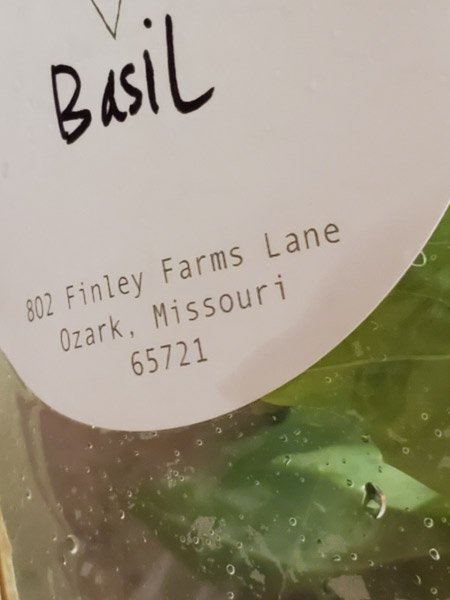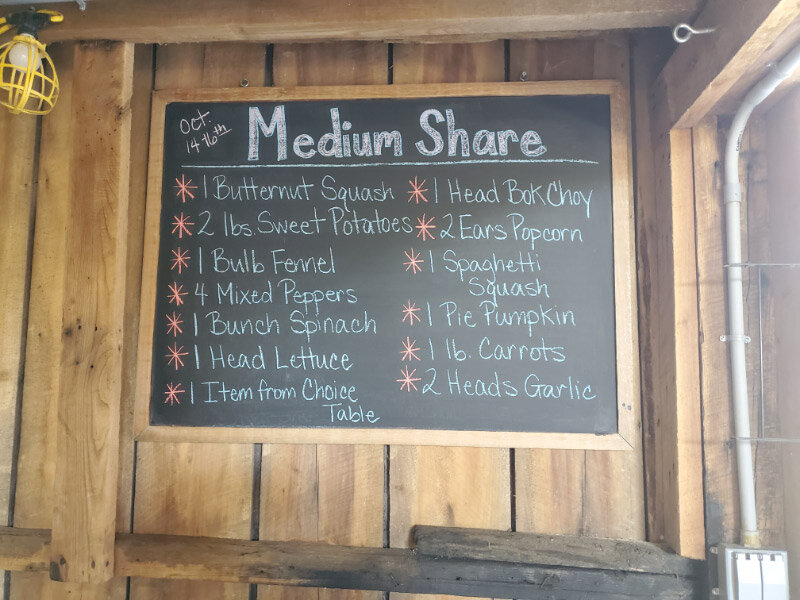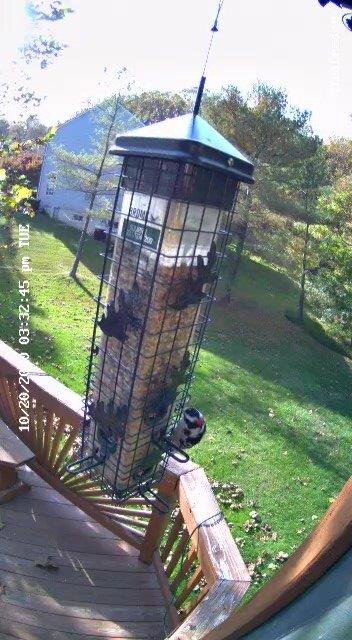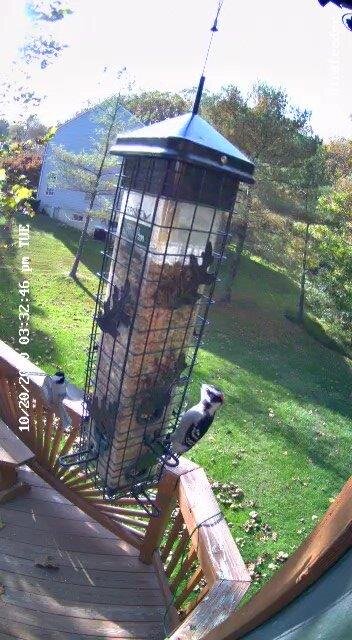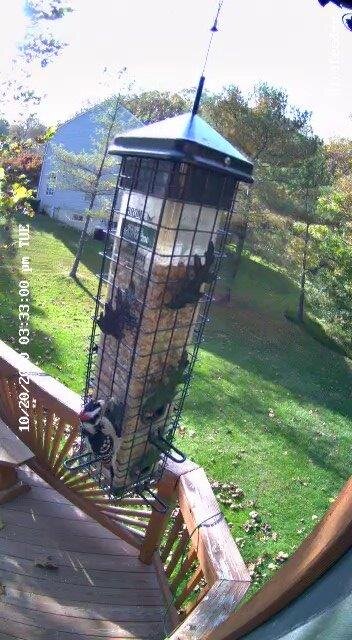Then and Now – Food
/My mother had taken a college nutrition course in the 1950s, so my memories of meals growing up were relatively well balanced.
There were more canned vegetable and fruits than we eat now when we usually eat fresh or frozen…very few canned goods. I do remember frozen strawberries, spinach and broccoli in the 1960s…but they didn’t come in a plastic bag (it was a box of thin cardboard,sometimes with metal ends). Fresh fruits and vegetables were seasonal. A lot of our produce seemed to come from the Rio Grande Valley of Texas (and we lived in Texas). My grandparents had vegetable gardens; I particularly remember corn on the cob, tomatoes, watermelons and cantaloupe during the summer. Still - most of our food came from the grocery store which is true today as well. Fresh fruits and vegetables were purchased whole – not cut up or pre-washed as they sometimes are today. Vegetables that were stable at room temperature like potatoes and onions were kept in a bin in the pantry --- frozen versions were not generally available.
Meats were mostly cooked from raw although my mother did use canned chicken, tuna, and salmon (I have canned chicken and salmon in my pantry…but I don’t like tuna). The raw chicken was more likely to be a whole chicken that my mother cooked whole or cut up and then cooked; now I buy boneless chicken breasts exclusively….and I never fry chicken; my mother didn’t fry chicken either she but she did bake chicken with crumbled Cheez-it cracker crust. Bacon was the same although the curing might have been a bit different; it wasn’t packaged in plastic. Ham was purchased whole usually with a bone; sometimes it came in a ham shaped can without a bone. We rarely had deli meats although there were some packaged meats like hotdogs, baloney and chipped beef…which my mother served occasionally. My mother liked to buy ground chuck rather than the higher fat hamburger meat. These days I buy more chicken than lean beef and almost no pork. My mother probably served more beef…followed by pork…and then chicken. I skew toward organic meats; even though that labeling did not exist in the 1960s, the meats were probably closer to organic since it was before CAFOs and prophylactic antibiotic use in farm animals.
My mother searched for whole grain bread. It was hard to find. Roman Meal was the brand I remember the most. White Wonder bread seemed to be the most popular with everyone else. These days I buy whole grain organic bread with a short ingredient list.
The other foods from grain we ate included oatmeal (generally for breakfast), pasta (egg noodles and elbow macaroni were more frequently served than spaghetti), boxed cereals (Cheerios were a favorite although my Dad really liked Sugar Frosted Flakes…which my mother frowned on), and crackers (saltines and graham crackers). My father didn’t like rice so my mother rarely served it. I still use oatmeal occasionally but there are new grains too: quinoa and bulghur wheat. I rarely eat rice; it’s not that I don’t like it…but I just don’t like it enough to cook it. I don’t buy crackers since I don’t need the empty calories and neither does my husband.
The only beans my mother liked were pinto beans. I can remember her cooking a large pot of pinto beans whenever she had a ham bone…it was the last ‘meal’ made with a ham. We ate the beans with chunks of ham as a soup as soon as they finished cooking and then as leftovers with other meals. I generally my organic canned pinto beans now when we make chili.
Eggs and dairy were a daily part of my mother’s meal plan. She always kept whole milk on hand. She bought it in gallon cartons (not plastic coated) since there were enough of us to drink it relatively quickly. These days I drink 2% fat Lactaid milk since I have become lactose intolerant, and it comes in a plastic jug. My mother used Velveeta cheese for grilled cheese sandwiches and macaroni and cheese (she cooked the macaroni…made a white sauce that melted the cheese…put both in a baking dish with wheat germ sprinkled on top to bake together before serving). I don’t eat cheese sandwiches or macaroni and cheese anymore! I do still occasionally have cottage cheese…but I take a Lactaid pill when I do. Eggs are still prepared as they were in the 1960s: hardboiled, fried or scrambled (but with spray on a non-stick pan rather than in bacon grease). I also like frittatas and quiche and other egg casseroles which we didn’t make in the 1960s.
We did occasionally have Koolaid or Lemonade or Hawaiian punch in the summer or a soft drink for a special occasion (making an ice cream float or when I visited my grandmother at her work). Most of the time we drank water or milk. It was a special treat to have sweet iced tea with special meals or to eat a popsicle (usually frozen in our freezer) on a hot afternoon. Ice cream was always a favorite – but not eaten daily. I drink soft drinks more often now and unsweetened tea…but milk and water are still frequent beverages. I am trying to cut back on soft drinks and any beverages with sugar (refined or artificial).
Nuts were used for snacks although they often required a hammer and cutting board to get the goodie out of the shell. My mother seemed to enjoy buying a bag of mixed nuts in their shells (pecans, walnuts, filberts, Brazil nuts, almonds) from the produce section during the winter holidays. Our favorites were probably pecans. Now I general buy nuts that have already been shelled. We also liked peanut butter; my mother did not approve of peanut butter and jelly sandwiches, but we enjoyed peanut butter and celery or peanut butter on toast with brown sugar sprinkled on top. My favorite breakfast in recent months is peanut butter toast (no sugar on top).
Food is prepared differently now too:
My mother’s favorite quick meals were a protein (hard boiled eggs, canned tuna, chipped beef, canned chicken) in white sauce over toast with a canned vegetable (green beans, for example) or fresh vegetable like carrot or celery sticks. For the younger children, she would cut up the toast before spooning on the white sauce concoction; as we got old enough we learned to cut it up for ourselves after the white sauce was on top. Now I tend to do stir fries for fast meals. I usually do the whole meal in one pot and serve it in a bowl rather than a plate. Gravies like white sauce are not part of the meal at all.
There were no microwaves in the 1960s. We made popcorn in a pan if we wanted it. I still use the same type of popcorn…but have a bowl that I use in the microwave to pop it in and I use walnut or sesame oil rather than butter.
Sometimes we had hot tea for breakfast or when it was cold outside (always with lots of milk). We made it with tea bags in a little pot or directly in our cups. There were no Mr. Coffee or Keurig machines! I use a Coffee Maker that has never made coffee to make pots of tea now.
There were Czech desserts for special meals when I was growing up; no one picked up the role to bake like that after my grandmother died because we just don’t eat that much bread and sugar anymore. These days we rarely have dessert although when I do - I am still partial to desserts that include fruits (apple pie, apricot tarts, etc). I do enjoy a good carrot cake or red velvet cake but might buy it from a bakery; if I make it myself, I usually serve it without icing!
Salads are somewhat easier now. Greens can be bought pre-washed and in convenient bins…and there is a huge variety of kinds beyond iceberg and Romaine lettuce (I like arugula and spinach and ‘spring’ greens). Other ingredients can be bought already cut up now although I generally choose to buy salad ingredients that I cut myself (with the exception of carrots which are my go to snack in the afternoon). The selection of salad dressing is much greater now too although Ranch dressing seems to be too dominant; in the 1960s I remember Thousand Island and French and Vinegar/oil dressings. I get dressings with names like creamy ginger…or make my own balsamic vinaigrette.
My mother sometimes prepared milkshakes (milk, ice cream, raw eggs) for breakfast with toast. She had a blender with a glass body that was heavy but did the job of making a slightly thickened drink. These days I have a Ninja Master Prep and I make ‘smoothies’ rather than milkshakes…without raw eggs. I use milk, frozen fruit (banana + another fruit), frozen veggie (like broccoli), protein powder if I am short protein for the day, and hemp seeds. It comes out the consistency of soft serve ice cream but without any refined sugar!
Overall – there are a lot of ways to eat healthy today even though there are also a lot more ultra-proccessed foods to avoid. Right now, with the exception of soft drinks, I am eating healthier than I did as a child!
Previous Then and Now posts






